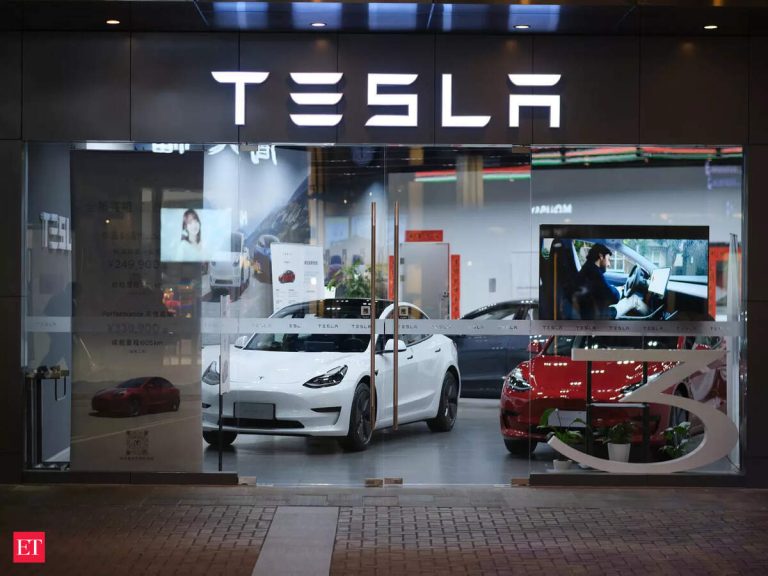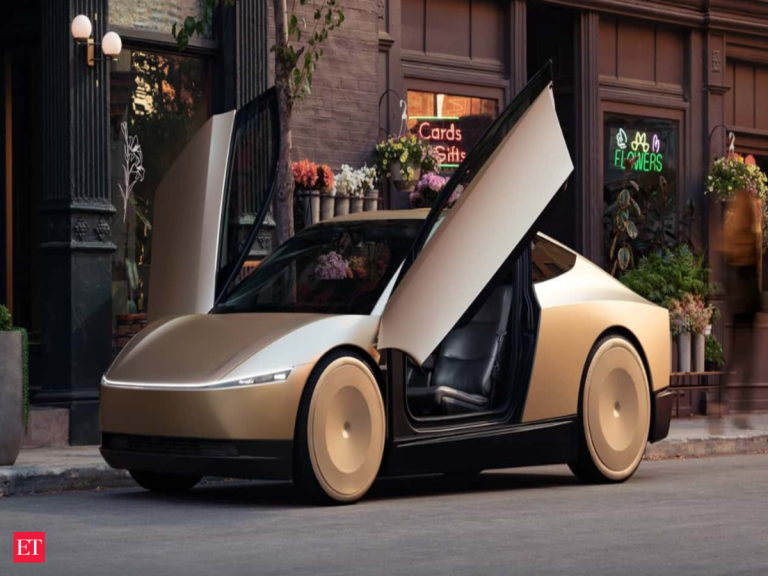Urban Green Spaces: The Future of Outdoor Living in European Cities by 2025
Urban Green Spaces are becoming increasingly important in European cities, as they provide a sustainable and healthy environment for citizens to live and thrive. With the growing awareness of climate change and the need for green infrastructure, urban green spaces are set to play a vital role in shaping the future of outdoor living in European cities by 2025.
Introduction to Urban Green Spaces
Urban green spaces refer to areas of land in urban environments that are covered with vegetation, such as parks, gardens, and green roofs. These spaces provide a range of benefits, including improved air quality, reduced noise pollution, and increased biodiversity. They also offer opportunities for recreation, relaxation, and social interaction, making them an essential component of urban planning and design.
Benefits of Urban Green Spaces
Urban green spaces have numerous benefits, including:
- Improved air quality: Urban green spaces can help to remove pollutants from the air, improving air quality and public health.
- Reduced noise pollution: Green spaces can act as a buffer, reducing noise pollution and creating a more peaceful environment.
- Increased biodiversity: Urban green spaces can provide habitats for a range of plant and animal species, increasing biodiversity and supporting ecosystem services.
- Recreation and relaxation: Green spaces offer opportunities for recreation, relaxation, and social interaction, improving mental and physical health.
Challenges and Opportunities for Urban Green Spaces
Despite the benefits of urban green spaces, there are several challenges and opportunities that need to be addressed. These include:
- Climate change: Urban green spaces can help to mitigate the effects of climate change, but they are also vulnerable to its impacts, such as increased temperatures and changing precipitation patterns.
- Urbanization: The growth of cities can lead to the destruction of natural habitats and the loss of green spaces, making it essential to prioritize urban planning and design.
- Sustainability: Urban green spaces need to be designed and managed sustainably, taking into account factors such as water usage, maintenance, and community engagement.
- Green infrastructure: Urban green spaces can be integrated with green infrastructure, such as green roofs, walls, and urban forestry, to create a more sustainable and resilient urban environment.
Case Studies of Urban Green Spaces in European Cities
There are many examples of successful urban green spaces in European cities, including:
- Vancouver’s Greenest City Initiative: This initiative aims to make Vancouver the greenest city in the world by 2025, with a focus on urban green spaces, green infrastructure, and community engagement.
- Copenhagen’s Green Roofs: Copenhagen has implemented a green roof policy, which requires all new buildings to have a green roof, providing insulation, reducing stormwater runoff, and creating habitats for wildlife.
- London’s Urban Forest: London’s urban forest is one of the largest in the world, with over 8 million trees providing numerous benefits, including improved air quality, reduced noise pollution, and increased biodiversity.
Conclusion
Urban green spaces are essential for creating sustainable and healthy environments in European cities. By prioritizing urban planning and design, integrating green infrastructure, and engaging with local communities, we can create a future where outdoor living is not only possible but also desirable. As we look to 2025, it is clear that urban green spaces will play a vital role in shaping the future of European cities.






